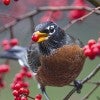
Lost birds and mammals spell doom for some plants
In one of the first studies of its kind, researchers have gauged how biodiversity loss of birds and mammals will impact plants’ chances of adapting to human-induced climate warming.

Lost birds and mammals spell doom for some plants
In one of the first studies of its kind, researchers have gauged how biodiversity loss of birds and mammals will impact plants’ chances of adapting to human-induced climate warming.
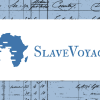
Rice wins NEH grant to create digital database of Atlantic slave trade
Grant will further enhance Rice’s reputation as a center for Africa and African diaspora studies, digital humanities
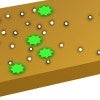
Migrating holes help catalysts be productive
A theoretical model suggests electron holes that propagate at active sites on a catalyst migrate, triggering other sites that continue the process.
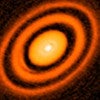
Earth isn’t ‘super’ because the sun had rings before planets
Before the solar system had planets, the sun had rings — bands of dust and gas similar to Saturn’s rings — that likely played a role in Earth’s formation, according to a new study.
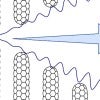
Nanotube fibers stand strong -- but for how long?
A Rice University study calculates how cyclic strain and stress affects nanotubes and describes how fibers under cyclic loads can fail over time.

Jo Nelson wins NSF CAREER Award
Rice University mathematician Jo Nelson wins a National Science Foundation CAREER Award for young faculty.

A-list candidate for fault-free quantum computing delivers surprise
Superconducting uranium ditelluride is a promising material in the race to create fault-tolerant quantum computers, but physicists are rethinking how superconductivity arises in the material in light of puzzling new experimental evidence in this week’s issue of Nature.
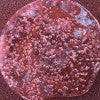
Air bubbles in Antarctic ice point to cause of oxygen decline
An unknown culprit has been removing oxygen from our atmosphere for at least 800,000 years, and an analysis of air bubbles preserved in Antarctic ice for up to 1.5 million years has revealed the likely suspect.
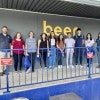
Quirky kveik’s yeasty questions no match for freshmen chemistry students
How Carrie McNeil’s Introduction to Scientific Research Challenges course helped a Houston brewery solve a salty problem

Four faculty members and their collaborators win Advanced Research Projects Agency for Health seed grants.
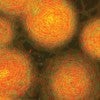
Swirling bacteria mimic Van Gogh’s ‘The Starry Night’
Scientists discovered a way to transform millions of predatory bacteria into swirling flash mobs reminiscent of painter Vincent Van Gogh’s “The Starry Night” as the unexpected result of experiments on a genetic circuit the creatures use to discern friend from foe.
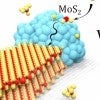
Nickel’s need for speed makes unusual nanoribbons
It’s now possible to quickly make ultrathin nanoribbons of molybdenum disulfide, with a speedy nickel nanoparticle leading the way.

Rice’s Technology Development Fund backs faculty projects
Nine projects proposed by Rice researchers have been granted seed funding by Creative Ventures' Technology Development Fund.
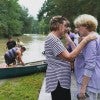
Hurricane Harvey led to poorer physical, mental health among Houston adults
Hurricane Harvey had a significant impact on the mental and physical health of Houstonians, especially those living in areas that suffered the most structural damage, according to a new study from Rice University.
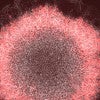
NSF grant supports study of cells’ early decisions
Rice University receives National Science Foundation support to build a model of cell differentiation during the earliest stage of life. The model could help improve researchers’ ability to direct stem cells to a given fate.